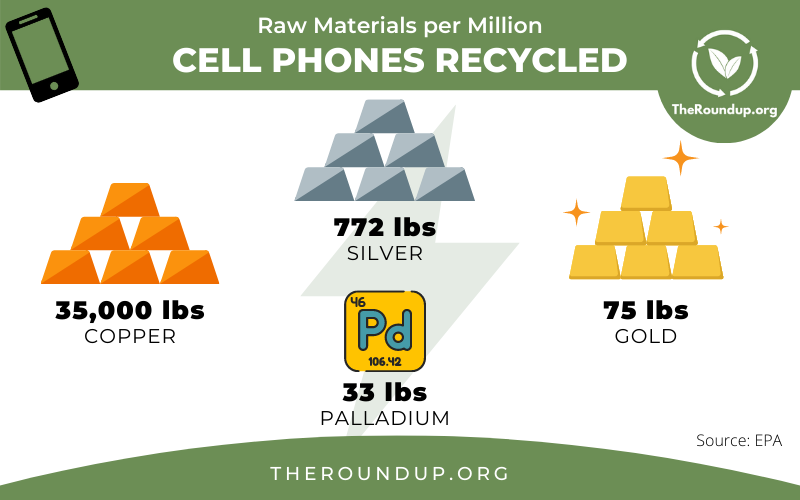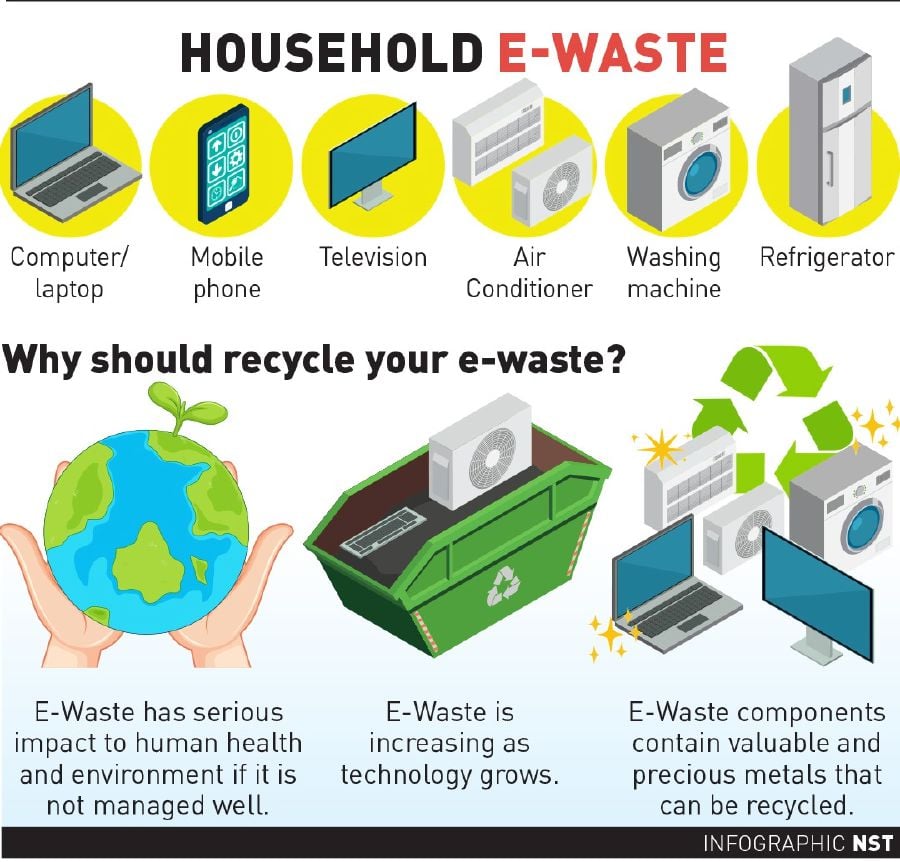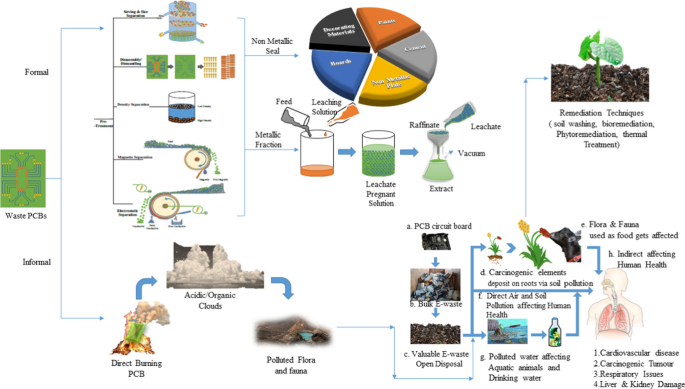Getting My Recycling Lives Services To Work
Table of ContentsRecycling Lives Services Things To Know Before You BuySome Known Facts About Recycling Lives Services.The Only Guide for Recycling Lives ServicesWhat Does Recycling Lives Services Do?The Main Principles Of Recycling Lives Services

You can take all house electrical things to Oxfordshire's waste recycling centres for reusing. If your thing is in functioning condition, take into consideration donating it. If your electric thing is broken, you can look for a regional repair caf where volunteers can fix it. You can also think about borrowing electrical products that you do not utilize regularly. Furthermore, all Oxfordshire local authorities accept vapes and e-cigarettes as a different kerbside collection. Non reusable vapes be put inside your wheelie bins. Just how they are collected in each area differs a little; check you have the appropriate details for your location. Use the Waste Wizardsearch tool to inspect just how your neighborhood authority collects this waste or discover various other drop-off areas in your location.
Mobile batteries the kind you discover in tiny portable tools can also be recycled at the kerbside but not inside any of your bins. Inspect the Waste Wizard for exactly how to do this in your area. Larger shops that offer batteries likewise have collection factors for reusing old batteries. Batteries must constantly be gotten rid of from electric things where they are made to do so and reuse independently, Energy-saving, LED and portable fluorescent light bulbs and tubes can be reused at our reusing centres.
The 15-Second Trick For Recycling Lives Services
Older-style filament or halogen light bulbs can be taken care of in your basic rubbish bin in the house. Some do it yourself shops additionally have collection factors for light bulbs. Small electric products (tiny sufficient to fit in a service provider bag) can be recycled at our waste recycling centres or at the kerbside. recycling lives services.

8 Easy Facts About Recycling Lives Services Shown
Electric products are broken down right into separate pasts so that the different products they are made up of can be eliminated and recycled. Waste reusing centres are for usage by homeowners just and can not approve waste from commercial resources.
E-waste, electronic waste, e-scrap and end-of-life electronics are terms often made use of to explain used electronic devices that are nearing the end of their valuable life, and are thrown out, donated or provided to a recycler. The UN specifies e-waste as any type of discarded items with a battery or plug, and features poisonous and dangerous materials such as mercury, that can present severe danger to human and ecological health and wellness.
Some Known Facts About Recycling Lives Services.
Just 17.4% of this electronic waste, including a mixture of damaging compounds and priceless materials, will be taped as being effectively collected, treated and recycled - https://responsible-freesia-m3xnmp.mystrikingly.com/blog/recycling-lives-services-leading-the-way-in-waste-management-and-compliance. Lots of campaigns are carried out to tackle this expanding problem, but none of them can be completely reliable without the energetic role and appropriate education and learning of customers

Extracting thrown out electronic devices generates 80% much less discharges of carbon dioxide per system of gold compared with mining it from the ground. In 2015, the extraction of raw materials accounted for 7% of the world's power intake. This suggests that relocating in the direction of using more secondary resources in digital items might assist significantly within the targets laid out in the Paris Agreement on environment adjustment.
Some Known Incorrect Statements About Recycling Lives Services
Every device ever before created has a carbon footprint and is adding description to human-made global warming. Make a tonne of laptops and possibly 10 tonnes of CO2 are released. When the carbon dioxide launched over a device's life time is considered, it mostly happens throughout manufacturing, prior to consumers acquire a product. This makes reduced carbon processes and inputs at the production stage (such as use recycled resources) and product life time key components of overall environmental influence.
Even in the EU, which leads the globe in e-waste recycling, simply 35% of e-waste is officially reported as appropriately collected and recycled. Internationally, the standard is 20%; the remaining 80% is undocumented, with much winding up hidden under the ground for centuries as land fill. E-waste is not biodegradable. The lack of recycling evaluates greatly on the international electronic industry and as devices become a lot more countless, smaller sized and more complex, the problem intensifies.
The staying mass of e-waste generally plastics tied with metals and chemicals presents a much more intractable problem. A new vision for the production and consumption of digital and electric products is needed. It is simple for e-waste to be framed as a post-consumer problem, but the issue encompasses the lifecycle of the devices every person uses.